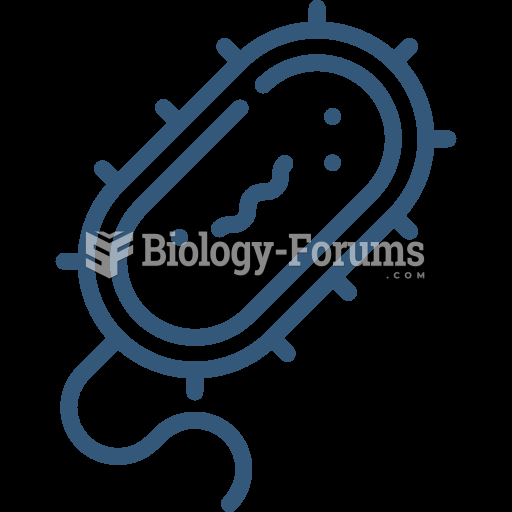Answer to Question 1
Answer: Single cell (Hadley) model: Hadley's idealized scheme assumed a planet covered by a single ocean and warmed by a fixed Sun that remained overhead at the equator. Hadley suggested that the strong heating at the equator caused a circulation pattern in which air expanded vertically into the upper atmosphere, diverged toward both poles, sank back to the surface, and returned to the equator. Hadley did not think winds would simply move north and south, however. He believed instead that the rotation of Earth would deflect air to the right in the Northern Hemisphere and to the left in the Southern Hemisphere, leading to eastwest surface winds. Hadley's main contributions were to show that differences in heating give rise to persistent large-scale motions (called thermally direct circulations) and that zonal winds can result from deflection of meridional winds. His idea of a single huge cell in each hemisphere was not so helpful, however. Three-cell model: The three-cell model divides the circulation of each hemisphere into three distinct cells: the heat-driven Hadley cell that circulates air between the tropics and subtropics, a Ferrel cell in the middle latitudes, and a polar cell. Each cell consists of one belt of rising air with low surface air pressure, a zone of sinking air with surface high pressure, a surface wind zone with air flowing generally from the high-pressure belt to the low-pressure belt, and an airflow in the upper atmosphere from the belt of rising air to the belt of sinking air. Though more realistic than the single-cell model, the three-cell model is so general that only fragments of it actually appear in the real world.
Answer to Question 2
Answer: C







